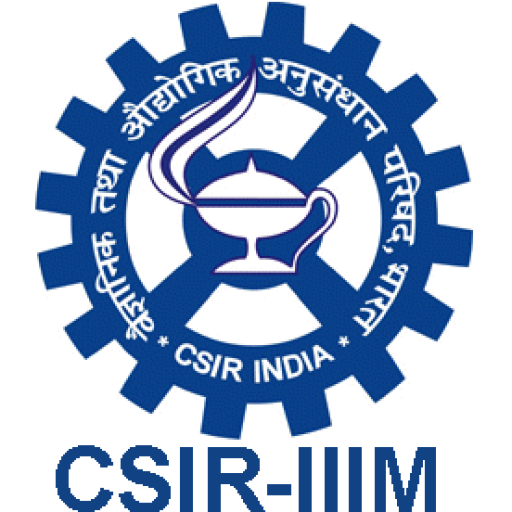Flowcytometers
Overview
Flow cytometry is used very vastly in the field of drug discovery. Because of the multiparameter capability, it can be used for different single cell flurochrome based assays, which are related to cancer, hematological disorders, inflammatory deceases, immunological disorders etc. It is also possible to use fluorescent probes to many physiological functions such as metabolic processes, ion channels, organelles and intracellular pH. These assays are extremely important in understanding the effects of drugs on cell physiology.
We are having three different models of flowcytometer(s) with us
1. Model: BD LSR
Make: BD Biosciences
2. Model: FACS Calibur with Dual laser with sorter system
Make : BD Biosciences
3. Model: BDFACS Aria II
Make: BD Biosciences
Applications
- Cell surface marker studies
- Intracellular cytokine estimations
- Cell cycle analysis (PI, BRDU)
- Measurement of extent of apoptosis and necrosis (Annexin-V-FITC)
- Measurement of intracellular calcium flux, K + ion, etc (Fluo-3AM, PBIF)
- Measurement of intracellular enzymes e.g caspases, GSH etc.
- Measurement of Mitochondrial membrane potential (Rh-123)
- Measurement of intracellular nitric oxide (DAF-2DA)
- Measurement of reactive oxygen species (DCFH-DA, DHR-123, DHE)
- Measurement of different cytokines e.g. CD4, CD8 etc. Measurement of various cellular key proteins likes p53, Bcl-2, Bax, etc
1. Confocal Microscope
- Model: Fluoview FV-1000
Make: Olympus
Applications:
A) Target based mechanistic studies of anticancer leads such as:
i. Mitochondrial membrane potential
ii. Detection of nuclei condensation by staining with Acridine orange, DAPI, Ethylene bromide
iii. Detection of apoptosis/necrosis by Annexin-V-FITC
iv. Intracellular calcium measurement
v. Caspase assays
vi. Detection of pro and antiapoptotic proteins
B) Analysis of samples from other divisions of the lab
2. Electron Microscope
- Model: JEM100CXII with ASID
Make: JEOL
Applications:
A)Target based mechanistic studies of anticancer leads such as:
i)Surface and internal ultrastructural studies of human cancer cells and murine tumor tissues to study the mechanism of cell death after treatment with different anticancer leads.
ii)Ultrastructural studies of samples from other divisions of the lab. from time to time
 Screen Reader Access
Screen Reader Access
